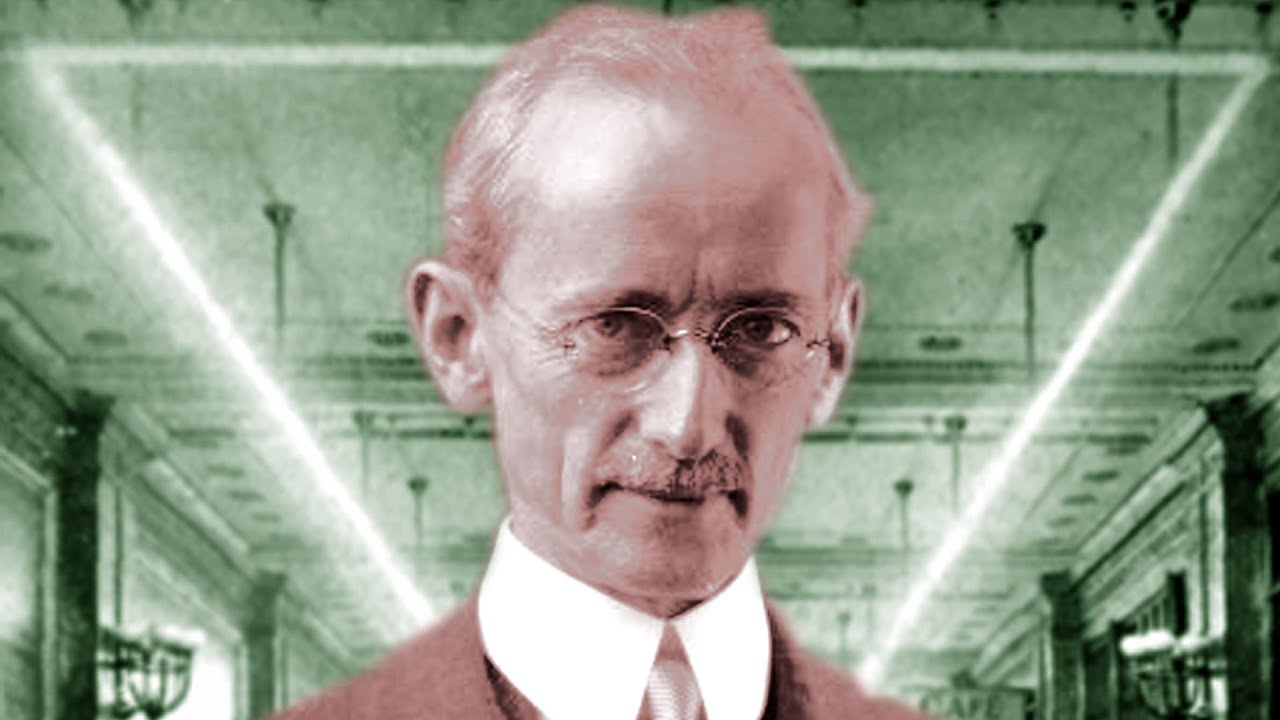Daniel McFarlan Moore began experimenting with gas discharge lights while working in the engineering department of the United Edison Manufacturing Company in the 1890s. Finding no interest at Edison for competitors to the incandescent bulb, in 1894 he left and started his own company and, by 1896 had developed his glow discharge lighting system. Unlike earlier gas discharge lights such as the Geissler tube, which used low-pressure air or other gases such as neon and argon, Moore used carbon dioxide (CO₂), which he found produced a pleasing white light closer to daylight than the yellow cast of Edison’s carbon filament incandescent lamps.
Unlike noble gases such as neon and argon, molecular CO₂ was gradually dissociated by the energy that made it glow, and Moore had to invent a system whereby the CO₂ would automatically be replenished from an external tank as it was consumed. Creating the gas discharge required a high voltage, which Moore produced from Edison’s 100 volt DC by means of an interrupter of his own invention and step-up transformer. The gas discharge lamp was about three times more efficient (light produced for electrical power in) than Edison’s incandescent lamp.
The first commercial installation was in 1904 and, despite their complexity and cost, the lamps found applications where the natural white light was valued. After the introduction of incandescent bulbs with tungsten filaments, which produced a whiter light, the market for Moore’s lamps shrank and in 1912 he sold his companies to Edison’s General Electric and went back to work in their research laboratory.
In 1917 Moore invented the miniature neon bulb which was ubiquitous in computer “blinking lights” display panels until being displaced by light-emitting diodes in the 1970s.
